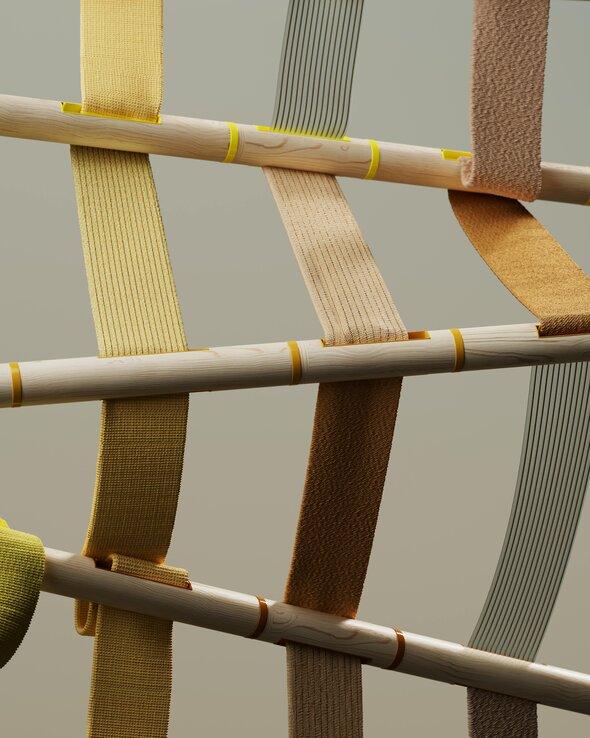Hey fashion, it’s time for a new look!
Within the modern fashion landscape, sustainability is no longer just the mode-du-jour—it's a necessity. As the industry comes to terms with the environmental impacts of years of unchecked fashion transgressions, AI emerges as a vital catalyst for accelerating the movement towards circularity.
Named a top priority for fashion executives, the industry is keen to leverage these revolutionary technologies to do everything from transforming the design process to conducting comprehensive lifecycle assessments and enhancing compliance reporting, fostering a more sustainable and circular fashion ecosystem.
AI-Driven Circular Design
Design makes the fashion world go around and when it comes to circularity it’s no different. With 80% of a garment’s environmental impact determined at the design phase, “becoming more sustainable” starts here.
From ‘balletcore’ to ‘tomato girl’ (both of which will probably be ‘out’ by the time you read this), keeping up with the trend cycle (now 50% shorter) has become almost impossible. For designers, AI acts as your very own crystal ball, predicting trends and forecasting demand with unmatched accuracy, minimising overproduction, and allowing you to create timeless pieces that remain relevant beyond a single season.
But it doesn’t stop at trends. One of the cornerstones of circular fashion is designing garments that are both durable and adaptable, with the lowest possible environmental impact. The word ‘ecodesign’ might not exactly spark joy for you yet but it should, especially where AI is involved. While a race-to-the-bottom approach has often made ‘low cost’ the star of the show, sacrificing true creativity, AI can help put the value back into innovation, taking the guesswork out of making sustainable choices - from fabrics to finishes.
Life Cycle Assessments Enhanced by AI
Life Cycle Assessments (LCAs) are essential for documenting a garment’s environmental impact, from conception to end-of-life. But if you’ve ever been faced with the daunting task of having to put one together yourself, you’ll know just how time-consuming and complex they can be, often relying on manual data collection and analysis.
For those fluent in fashion speak but not so savvy with data literacy, gathering and interpretation of data can often feel intimidating. Yet with AI’s assistance, even those with minimal experience can extract meaningful insights, prioritising the most relevant data and making sense of it all.
AI algorithms can automatically pull data from all stages of the value chain, providing a holistic view of a garment’s environmental footprint and allowing you to identify areas where you can reduce your impact, including sourcing more sustainable materials, optimising manufacturing processes, or enhancing garment durability.
Most importantly, AI can help you get ahead of the curve, simulating different scenarios to predict the most optimal economic and environmental outcomes from various design and production choices. Picture: designing a classic white tee and comparing the potential life cycle impact, cost, and long-term value creation of using organic cotton versus recycled polyester, regenerated materials, and more. Compare colours, dyes, and finishing - the whole process, evaluated, as you design.
Armed with these essential insights, making informed decisions and prioritising sustainability at every stage of product development becomes a key source of competitive advantage.
Want to take advantage of AI today? Create your CircKit account to get started.


